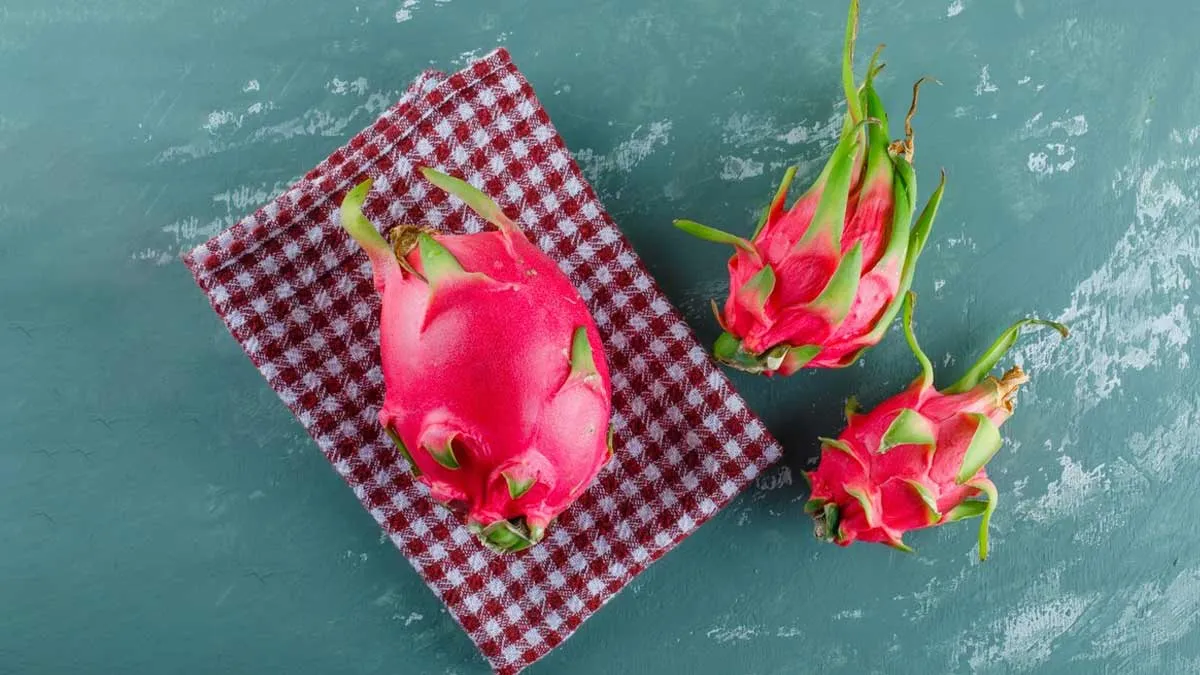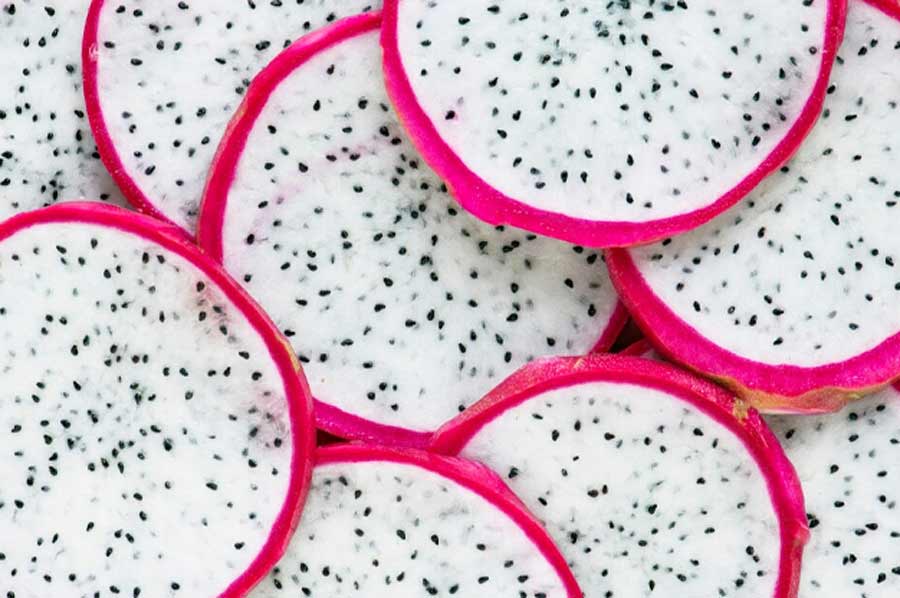
Whether it’s the vibrant magenta or bright yellow varieties, dragon fruit's striking colours are impossible to overlook in the produce section of a grocery store. The flavour is mild and delicate, complemented by numerous small, dark seeds that provide a pleasant crunch. If you’re curious about dragon fruit, you’ll be pleased to know that the tiny seeds scattered within can be easily sprouted to grow your dragon fruit plant. The best part is that once the plant reaches maturity, it can yield four to six harvests each year and continue to produce fruit for an impressive 20 to 30 years.
Below, we offer a simple guide on how to grow dragon fruit from seeds at home.
Below are the materials needed for growing dragon fruit from seed:

Growing dragon fruit from seeds can be a fulfilling and enjoyable project. This distinctive fruit not only features striking colours but also offers various health benefits. Here’s a thorough step-by-step guide to assist you in successfully growing dragon fruit from seed.
Step 1: Gather Your Supplies
Before starting, ensure you have the following items ready:
Don't Miss: How To Take Care Of A Snake Plant: The Ultimate Guide For Beginners

Step 2: Prepare the Seeds
Extract Seeds: If using a fresh dragon fruit, slice it open and scoop out the small black seeds.
Clean the Seeds: Rinse the seeds under running water to eliminate any remaining pulp, then let them dry for a few hours.
Step 3: Prepare the Soil
Mix Soil: Blend cactus potting mix with compost in a bowl to ensure it’s rich in nutrients yet drains well.
Fill Containers: Pack your pots or trays with the soil mixture, leaving some space at the top.
Step 4: Sow the Seeds
Plant Seeds: Evenly distribute the dried seeds across the soil surface.
Cover Seeds: Gently press the seeds into the soil or lightly cover them with a thin layer of soil (approximately 1/4 inch deep).
Step 5: Water and Create Humidity
Water Carefully: Use a spray bottle or watering can to dampen the soil without flooding it.
Cover with Plastic: Enclose the containers with plastic wrap or a humidity dome to create a humid environment for seed germination.
Step 6: Provide Light and Heat
Position in Warm Area: Place the containers in a well-lit area with indirect sunlight or under grow lights.
Monitor Temperature: Keep the temperature steady between 70-80°F (21-27°C) for optimal germination.
Step 7: Germination
Wait for Sprouts: Seeds usually germinate within 2 to 3 weeks. Remove the plastic covering once sprouts appear.
Maintain Moisture: Continue to water gently, keeping the soil moist but not overly saturated.
Don't Miss: How To Grow Fenugreek In Pots: A Step-By-Step Guide for Beginners
Step 8: Transplanting
Thinning: Once seedlings reach about 2-3 inches tall, thin them out by removing weaker plants, leaving only the healthiest ones.
Transplant: When seedlings have developed several true leaves, move them to larger pots to allow for further growth.
Step 9: Care and Maintenance
Sunlight: Ensure your plants receive plenty of sunlight. If indoors, consider moving them outside when they’re strong enough.
Watering: Water when the top inch of soil feels dry, as dragon fruit plants prefer drier conditions.
Fertilising: Apply a balanced fertiliser every 4-6 weeks during the growing season to support healthy growth.
Step 10: Harvesting
Fruit Production: Dragon fruit plants typically start producing fruit after 1-3 years of growth.
Harvesting Time: When the fruits display vibrant colour and are slightly soft to the touch, they are ready for harvesting.
Keep reading Herzindagi for more such stories.
Credits: Freepik
Also watch this video
Herzindagi video
Our aim is to provide accurate, safe and expert verified information through our articles and social media handles. The remedies, advice and tips mentioned here are for general information only. Please consult your expert before trying any kind of health, beauty, life hacks or astrology related tips. For any feedback or complaint, contact us at compliant_gro@jagrannewmedia.com.